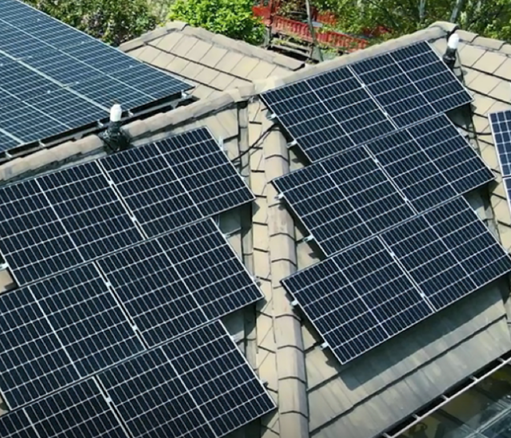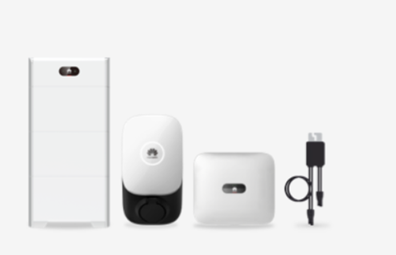The Green Grid: Sun Solar Inverters in Utility-Scale Solar Farms
In the expansive landscapes dedicated to harnessing the power of the sun, utility-scale solar farms stand as testaments to the commitment to a sustainable energy future. At the heart of these vast solar fields are sun solar inverters, orchestrating the seamless conversion of sunlight into a potent source of clean and renewable electricity.
The Grandeur of Utility-Scale Solar Farms
Utility-scale solar farms are monumental in scale, comprising thousands to millions of solar panels strategically arranged across vast expanses of land. These solar arrays work in unison to capture the sun's rays, transforming sunlight into direct current (DC) electricity. However, for this energy to become usable in our homes and industries, it requires the transformative power of sun solar inverters.

Sun Solar Inverters: The Architect of Energy Transformation
Sun solar inverters play a pivotal role in the solar energy generation process. They serve as the architects of energy transformation, converting the DC electricity generated by solar panels into alternating current (AC), which is the standard form of electricity used in homes, businesses, and the power grid.
Centralized Power Conversion
One distinctive feature of utility-scale solar farms is the centralized design of power conversion. Unlike smaller residential solar installations that often utilize string inverters or microinverters at the panel level, utility-scale solar farms commonly employ central inverters. These high-capacity inverters are strategically positioned within the solar farm to efficiently manage the conversion process for the entire array.
Efficiency and Performance Optimization
Efficiency is paramount in utility-scale solar farms, where maximizing energy production is a key objective. Sun solar inverters play a crucial role in optimizing the performance of the entire solar power plant. Through advanced technologies such as Maximum Power Point Tracking (MPPT), these inverters continuously adjust the operating point of the solar panels to ensure they operate at their peak efficiency, even in varying weather conditions.
Grid Integration and Stability
The electricity generated by utility-scale solar farms is often destined for the broader power grid. Sun solar inverters facilitate the seamless integration of solar power into the grid, ensuring that the electricity produced is synchronized with the grid's frequency and voltage standards. This grid-friendly integration is essential for maintaining stability and reliability in the overall power system.

Monitoring and Maintenance
Given the extensive scale of utility solar farms, effective monitoring and maintenance are paramount. Sun solar inverters are equipped with sophisticated monitoring systems that enable operators to track the performance of individual inverters and the entire solar array. In case of malfunctions or drops in performance, these systems provide real-time alerts, allowing for swift intervention and ensuring the overall health of the solar farm.
Adapting to Technological Advances
The field of solar technology is dynamic and ever-evolving. Sun solar inverters, too, are subject to continuous advancements. Emerging technologies, such as string inverters with DC-coupled energy storage systems, are gaining traction in utility-scale projects. These innovations enhance the overall efficiency, flexibility, and resilience of solar farms, contributing to their long-term viability.
Economic and Environmental Impact
The deployment of sun solar inverters in utility-scale solar farms carries significant economic and environmental benefits. On the economic front, these solar farms create jobs, stimulate local economies, and contribute to the diversification of the energy sector. Environmentally, they play a pivotal role in reducing greenhouse gas emissions, mitigating climate change, and steering societies towards cleaner and more sustainable energy practices.
Conclusion
In conclusion, utility-scale solar farms, empowered by the intricate workings of the sun solar inverter, represent a beacon of hope in the pursuit of sustainable energy. These vast expanses of solar panels, when coupled with advanced inverter technology, transform sunlight into a potent force for positive environmental and economic change. As the green grid expands, utility-scale solar farms underscore the profound impact that solar energy can have on shaping a cleaner, more sustainable future for generations to come.
